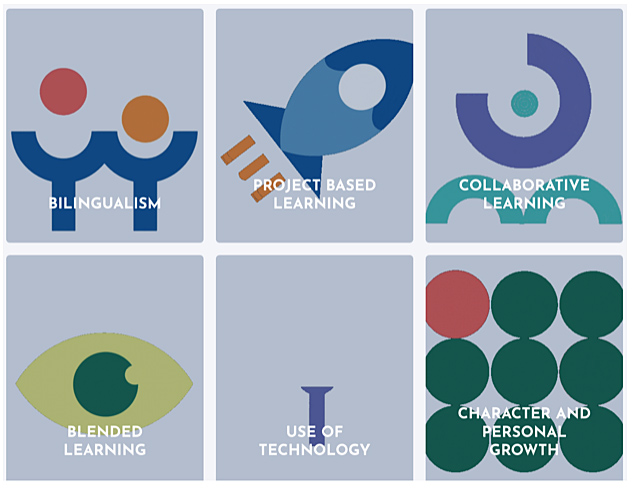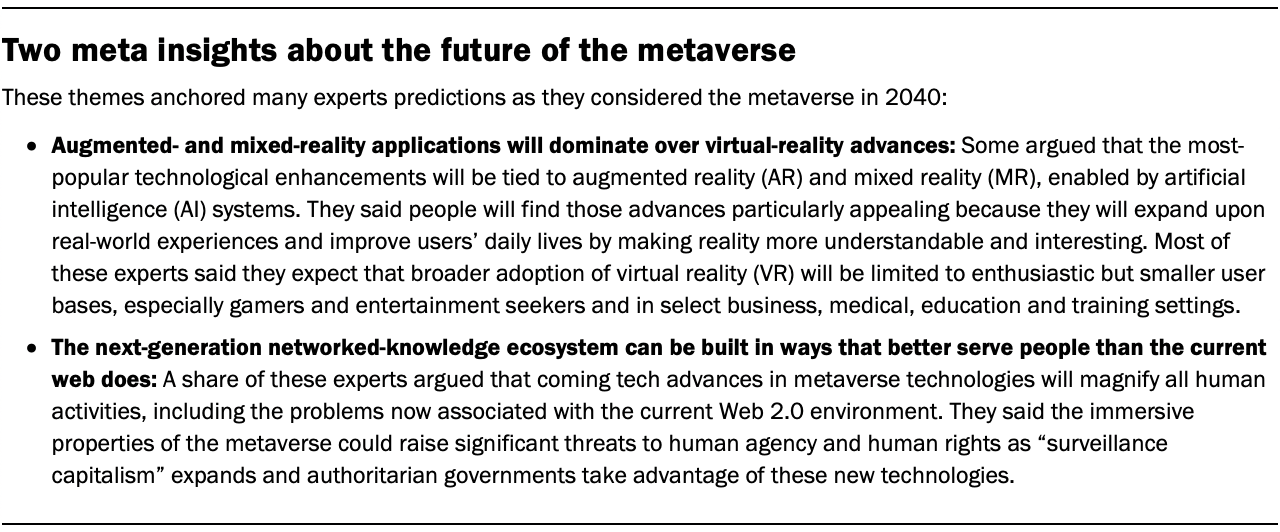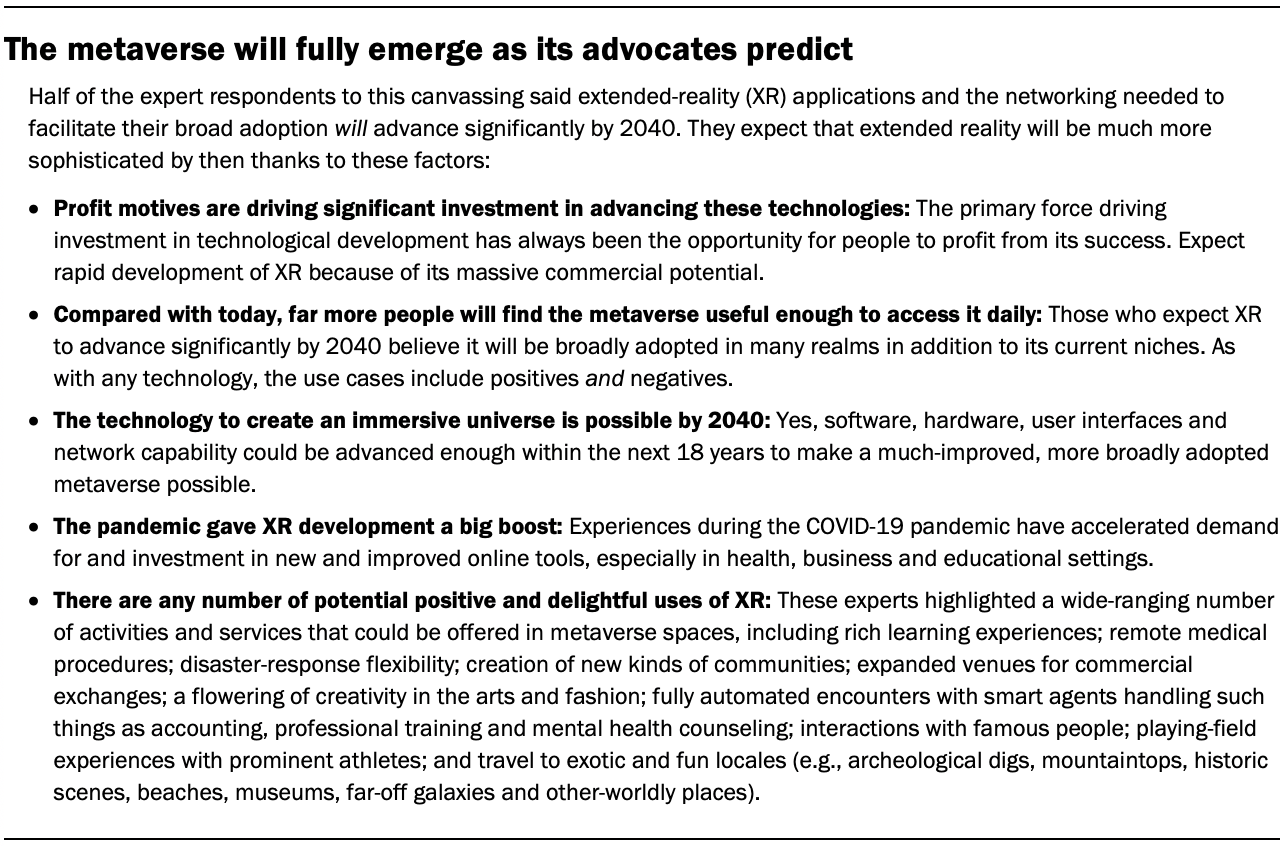Beyond Courses: Instructional Approaches in 2022 — from learningguild.com by Jane Bozarth
Excerpts (emphasis DSC):
In researching “upskilling for L&D practitioners” earlier this year, Learning Guild members were asked what they feel has been the biggest shift in their work over time: While technology has driven much change, sometimes seemingly exponentially, nearly everyone talked about a different sort of shift. This was true even of those who landed on the younger end of the experience spectrum. According to respondents, the biggest change is the move away from the idea that the primary role of L&D is to create “courses.” Technology changed and became easier to use, enabling development of myriad digital solutions. As noted in that report, respondents viewed this change as welcome and positive.
…
When asked what other types of content respondents created to be delivered OUTSIDE of a traditional course, the most common responses were creating video and job aids/performance support materials. Microlearning and curated content were also frequently mentioned, and curated collections of existing material was popular with those engaged in traditional design.
Also relevant/see:
Games, Organizing, & Motivation: ID Links 10/25/22 — from christytuckerlearning.com by Christy Tucker
Curated links on games built in Twine, storytelling, organization, useful tools, motivation, and transitioning from teaching to ID.
From DSC:
Under the Storytelling and CYOA books section, it was interesting to see the Random Plot Generator, where Christy wrote: “A writing prompt tool to generate two characters, a setting, situation, theme, and character action. This could be a fun way to start scenarios if you’re feeling stuck. h/t Jean Marrapodi.”
I thought this might be a good tool for developing writers, improv actors, and likely others as well! 🙂
Also from Christy Tucker, see:
- Voice Over and Video in Branching Scenarios
When should you use voice over and video in branching scenarios? Use them for stable content and when multimedia improve skill transfer.
If the content is very stable and unlikely to change much over time, voice over might make sense in a branching scenario. Investing in creating video also makes more sense for more stable content and skills than for something that changes every 6 months.

















![The Living [Class] Room -- by Daniel Christian -- July 2012 -- a second device used in conjunction with a Smart/Connected TV](http://danielschristian.com/learning-ecosystems/wp-content/uploads/2012/07/The-Living-Class-Room-Daniel-S-Christian-July-2012.jpg)





